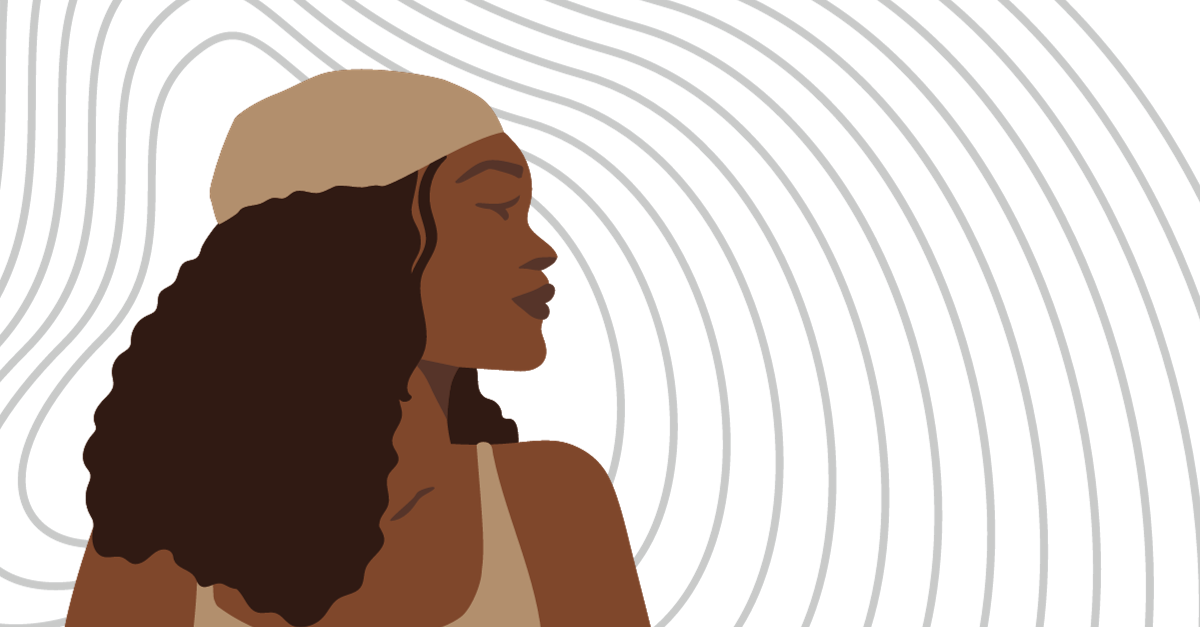March 8th, 2023

Trichotillomania is the word to define the obsessive-compulsive need to pull out one’s hair. While it is most often not a dangerous compulsion, living with a hair-pulling disorder can hurt a person's body image and damage their self-confidence. It can be hard to enjoy a social life when you're anxious about your appearance.
Pulling out one's hair can lead to bald patches on the scalp and even missing eyebrows or eyelashes, and can lead to feeling self-conscious. That only increases the anxiety that plays a huge part in developing the condition. It's a vicious cycle.
The problem is that people who pull their hair experience it as a stress reliever, and someone who has a hair-pulling disorder finds momentary relief and even at times pleasure from it. However, it also causes distress, leading to even more hair-pulling.
Stressful social situations can exacerbate trichotillomania symptoms.

Puberty is a common time for children to develop hair-pulling habits. Girls are ten times more prone to pulling out their hair in an attempt to calm themselves. It's often a lifelong habit if there is no medical intervention.
It might be that girls statistically suffer more from anxiety disorders or that boys have other ways to deal with their feelings. At any rate, females make up the majority of sufferers of this specific condition.
While some people are naturally inclined to be on the obsessive-compulsive spectrum, traumatic events like a death or divorce in the family can intensify the need to reduce feelings of stress and discomfort, which may cause trichotillomania. Survivors of abuse can display trichotillomania, too.
There may be a genetic link to trichotillomania and other compulsive behaviors. It is classified as a medical condition, and one should not be reluctant to seek treatment. Sooner is always better than later, but it's not too late to start today.
As with any mental or emotional disorder, there can be a stigma about getting treatment, but there shouldn't be! Life gets better when distressful behaviors are managed.

It's encouraging to see that there are several treatment options for cognitive or behavioral therapy to combat the symptoms of trichotillomania. Some people find that it's beneficial to try more than one, like relaxation techniques, deep breathing, and talk therapy. It's also possible that formerly helpful techniques might not always work, so it's a good idea to have several at hand for when the pressure starts to build, and the thought of pulling out hair becomes acute.
It is essential to learn what your triggers are and how to notice them. Additionally, diverting your attention to something other than hair-pulling can be a useful technique. It takes guidance and practice to learn how to be proactive. There are different ways to distract from or block the urge to pull hair.
As much as someone who is suffering from trichotillomania might want to stop, the compulsion is often very strong. Medical intervention may be needed.
Trichotillomania medications are not specific to hair-pulling but may include one or more SSRI drugs used to combat depression. Paxil, Prozac, Zoloft, and others are being used, along with therapies, to help break the cycle of self-harm. Research shows that using medicines combined with behavioral therapies is more successful than either alone.
Sometimes family or group therapy is valuable, and a properly trained therapist will know how to guide each individual to the best option for treating trichotillomania.
It's important to note that symptoms may come and go over a lifetime, but trichotillomania - and other compulsions—rarely just go away forever without treatment. There's no shame in seeking treatment or in changing treatments when the need arises. Ongoing treatment may have the best outcome.
Often other obsessive-compulsive symptoms occur alongside the hair-pulling. Skin picking and nail biting are body-mutilating habits that offer the same momentary relief as hair-pulling.
Depression is not uncommon among those who exhibit compulsive behaviors like compulsive counting or handwashing. The treatments and medications noted above will also be helpful for these co-occurring conditions.

While many people tend to fidget while anxious, most fidgets are benign, but when a person has compulsions that they don't understand and can't control, it's a good idea to seek help, especially when those compulsions cause them to engage in self-harming activities like hair-pulling, skin-picking, and nail-biting.
Those behaviors may not seem serious, but they can cause insecurity and social isolation if they become severe. We all want to look our best and be confident in social groups. It's hard to do that when we cannot control the need to pull out our hair. It's generally not something that we can force ourselves to stop doing without intervention.
There's no need to go through life suffering from untreated obsessive-compulsive behaviors like a hair-pulling disorder. Help is available for people with trichotillomania. Reach out and see what works for you!
Our Services
Adult PsychiatryChild & Adolescent PsychiatryAdult TherapyChild & Adolescent TherapyCouples CounselingFamily TherapyGroup TherapyPsychological TestingTranscranial Magnetic StimulationPHP / IOP